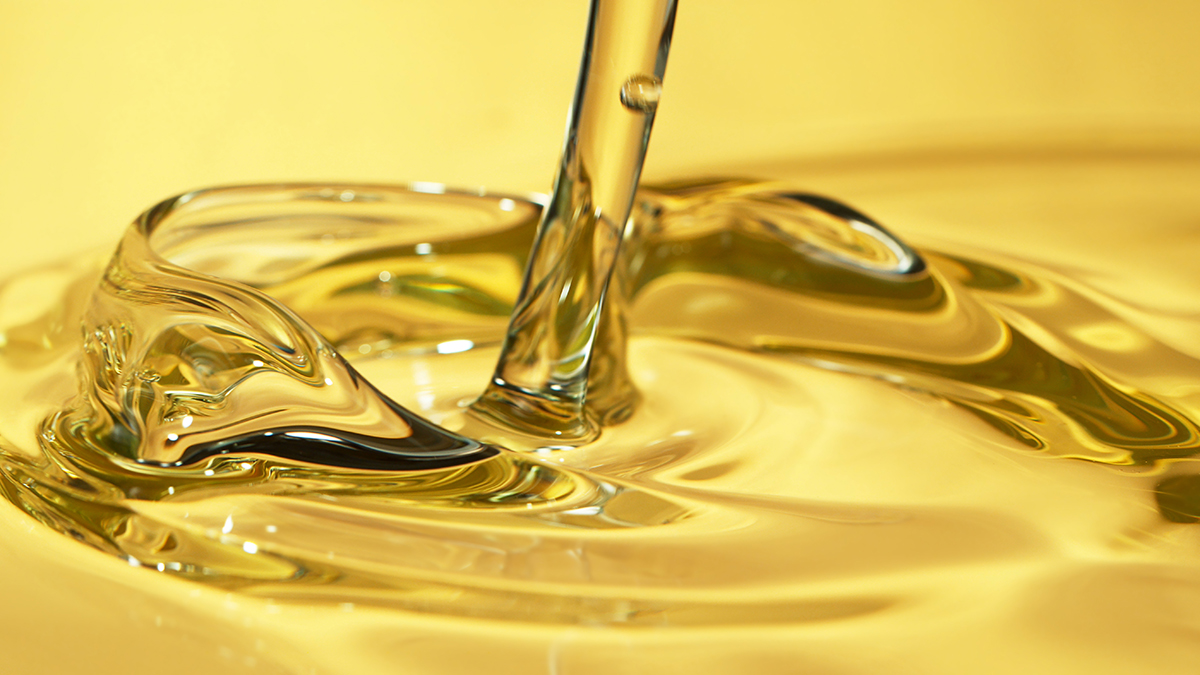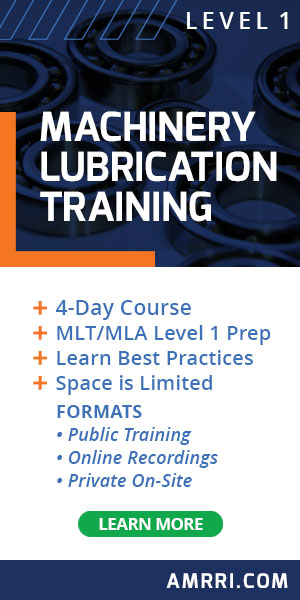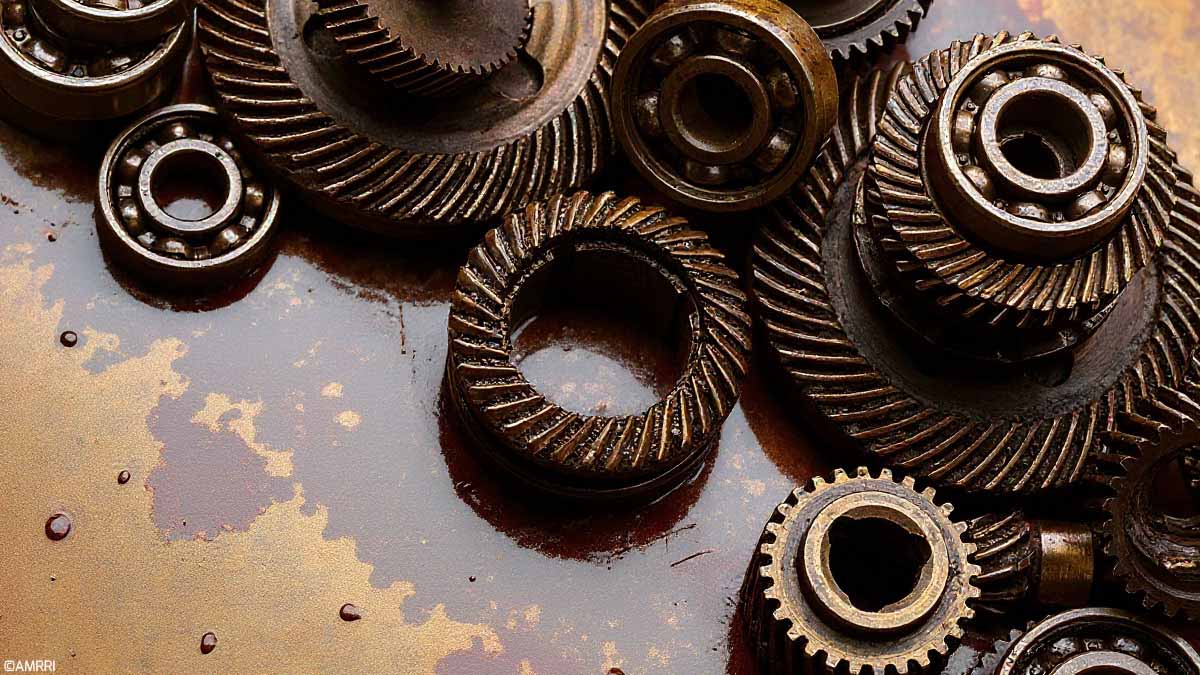If you understand the importance of keeping contaminants out of new industrial lubricants during storage, and you’ve worked to keep them clean, cool, and dry – great work! You are almost to the finish line and have one more task to get right before these oils begin doing their job.
Assuming the lubricant was delivered according to quality expectations and maintained in a clean state while in inventory, the remaining opportunity for corruption is when the oil is put into the machine sump. Topping off the machine is the last chance to harm the lubricant and the machine accidentally. Using a few simple precautions, you can eliminate this remaining threat.
High Volume Reservoirs
When topping high-volume reservoirs (10 gallons or more), equip the sump drain and fill ports with fluid quick-connectors to allow prefiltering with a filter cart during the oil transfer process. Precleaning the fittings before each use is simple and quick if you keep the connector covered with a rubber or metal cap while the machine is in normal run mode.
Ensure your filter elements have high dirt-holding capacity, low back-pressure limits, and at least β10 = 75 quality performance. The filtration system should be capable of filtering high-viscosity oils (up to ISO 680 is best) at a low flow rate (one to five gallons per minute).
Filter systems for larger bulk tanks (five drums or more) should have flow characteristics at five gallons per minute. High flow rates and high pressures can make some filter elements less effective.
Low Volume Reservoirs
When topping low-volume reservoirs (10 gallons or less), consider these guidelines:
- Use a soft bristle brush to remove dust or dirt accumulated around the port plug.
- If there is wet residue around the plug, use a clean, lint-free cloth to physically wipe clean the area around the port plug.
- Loosen the plug and repeat Step 1 if you see any solid debris.









